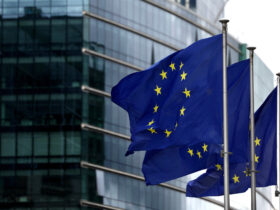

The International Renewable Energy Agency (IRENA) reported a significant rise in worldwide renewable energy capacity, reaching 3,870 gigawatts (GW) in 2023.
This marks a remarkable milestone, as renewable energy sources account for 86% of all new power capacity. Despite this spike, differences in energy transition benefits are noticeable, particularly in developing nations.
Asia led the way, accounting for 69% (326 GW) of the increase in renewable capacity, fueled mostly by China’s astounding 63% growth, which resulted in 297.6 GW. However, progress in other regions of the world, particularly Africa’s modest 4.6% increase to 62 GW, highlights a significant gap in renewable energy deployment.
Director-General of IRENA, Francesco La Camera, emphasised the need for a worldwide policy shift to reach the Paris Agreement’s 2030 aim of doubling renewable capacity. He noted that the present rate falls short of adding the required 7.2 terawatts (TW) to meet IRENA’s World Energy Transitions Outlook 1.5°C Scenario.
Solar energy emerged as the driving force, accounting for 73% of renewable expansion, followed by wind power. However, the survey also revealed a high concentration in technology and geographical dispersion, raising worries about a widening decarbonisation gap.
Source: Energy Ghana















Leave a Reply